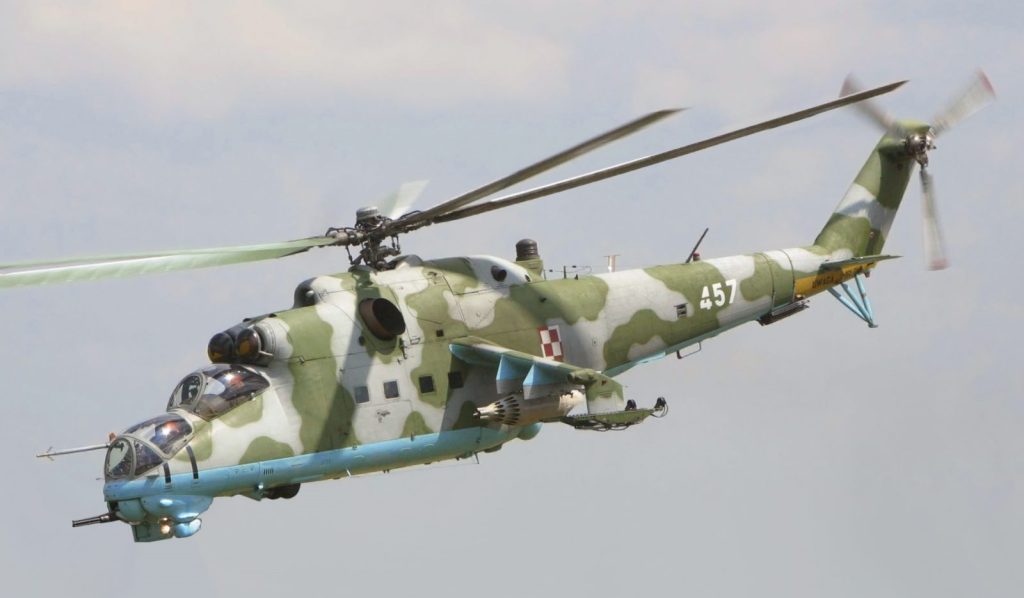Today we present to or readers the Mil Mi-24, the Russian attack helicopter with NATO designation name Hind. This attack helicopter is actually a large gunship that also serves the role of an attack helicopter along with the ability to do troop transport at a low capacity of 8 passengers.
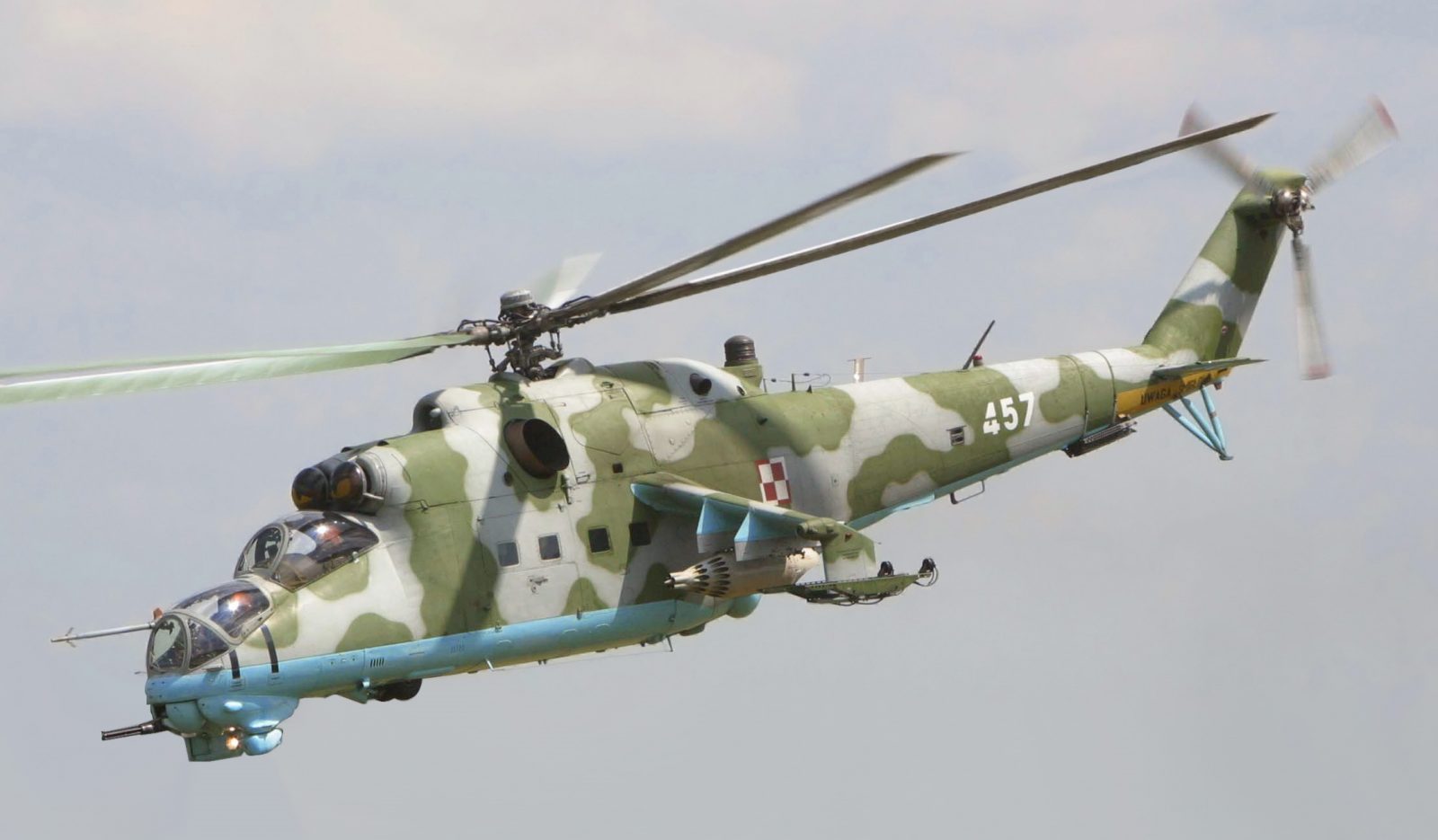
The Mil Mi-24 is the aircraft that was designed and manufactured by the Mil Moscow Helicopter Plant back in 1972 to serve the Soviet Air Force and then its successor, the Russian Air Force. In addition to Russia, this helicopter is also serving 30 different air forces in the world.
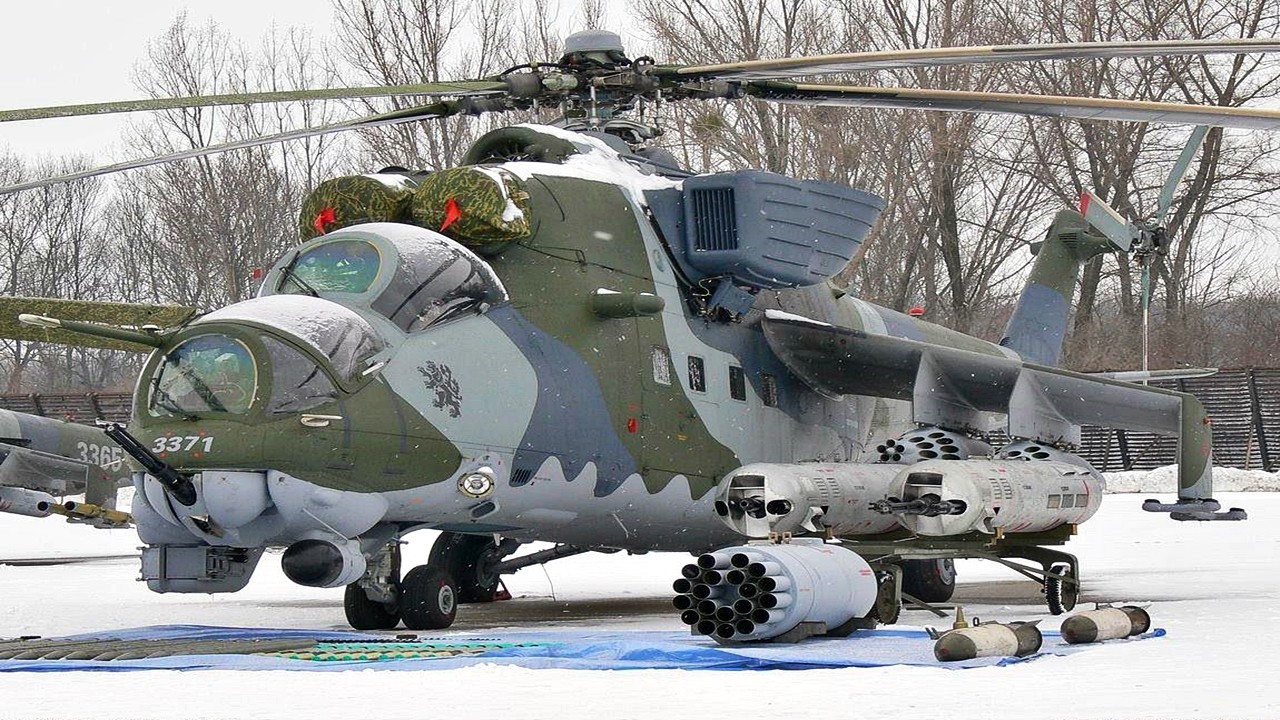
In the circle of NATO forces, the variants of the Mil Mi-24 which are the Mi-25 and the Mi-35, they have been named with an additional letter suffix the Hind D and the Hind E respectively. The Russian air force pilots often call the Mil Mi-24 as the Flying tank which is given to it because of the World War II era’s famed II-2 Shturmovik which was an armored ground attack aircraft. As for the Mil Mi-24’s other famed nicknames, they are Galina and the Crocodile which are given due to the aircraft’s camouflage color scheme and as for its nickname Drinking Glass, it has been named because of the flat glass plates that used to surround the cockpits of the aircraft’s earlier variants.
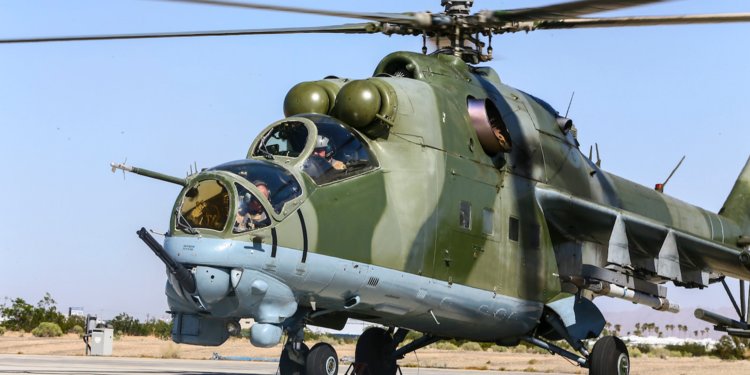
Without any further wait, we present to our readers some of the interesting facts about the Mil Mi-24; The Russian Attack helicopter.
Powerplant & other specs
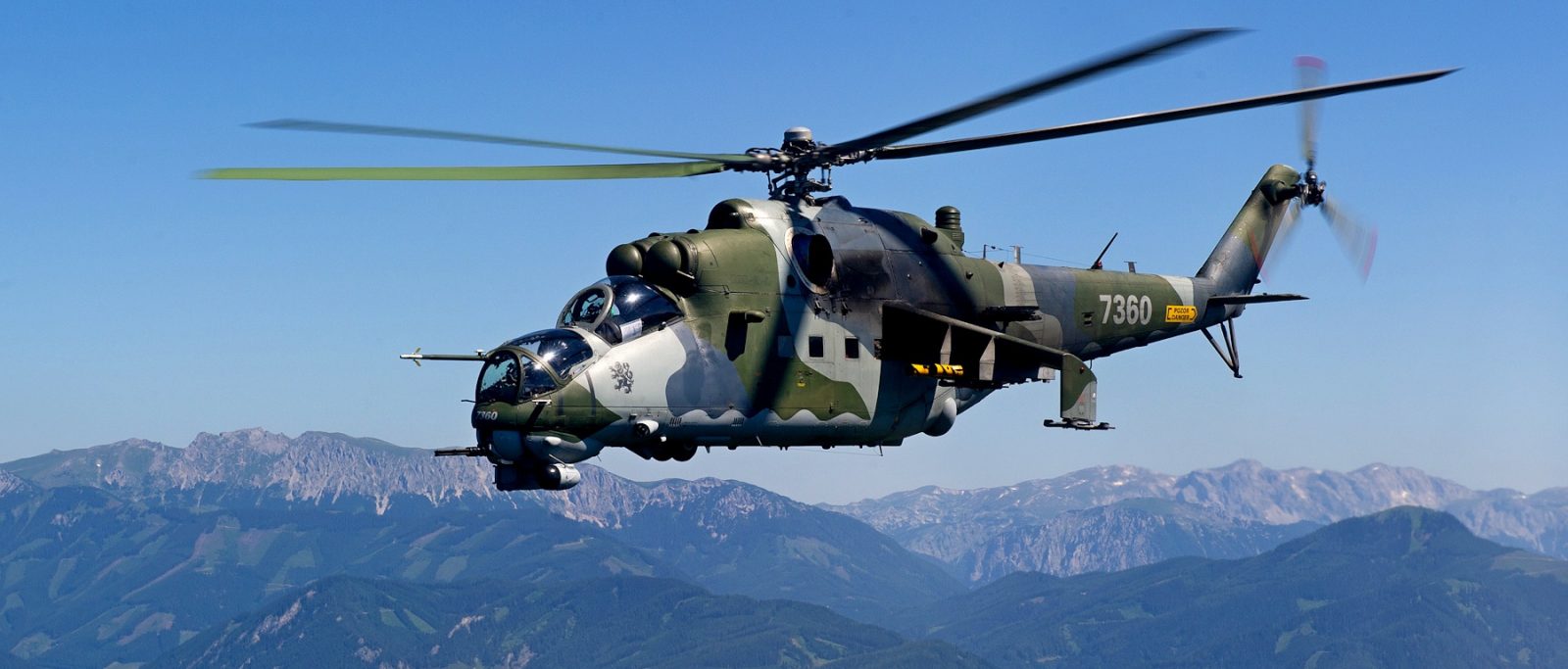
The Mil Mi-24 aka the Crocodile is powered by 2 of the Isotov TV3-117 turbines and each of these turbines generate a force of nearly 2200 HP that is enough to propel the aircraft at a ceiling height of 16076 feet at a top speed of nearly 208 mph. as for the combat range of the Isotov TV3-117 turbines, it is nearly 208 miles.
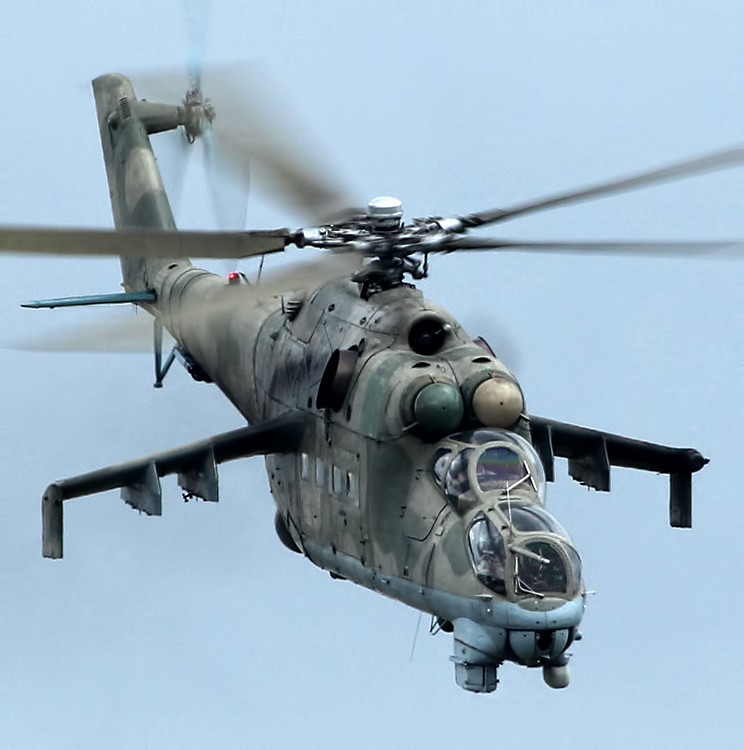
A standard Mil Mi-24 is operated by the following personnel.
- 2 to 3 pilots
- 1 weapons system officer
- An optional slot for a technician
As for its cargo carrying capacity, it can perform following load-carrying missions.
- For troop transport; a maximum of 8 troops
- For Medical evacuation; ability to lift 4 stretchers
- For external load carrying; lift a load of nearly 2400 kilograms via external sling
Defenses
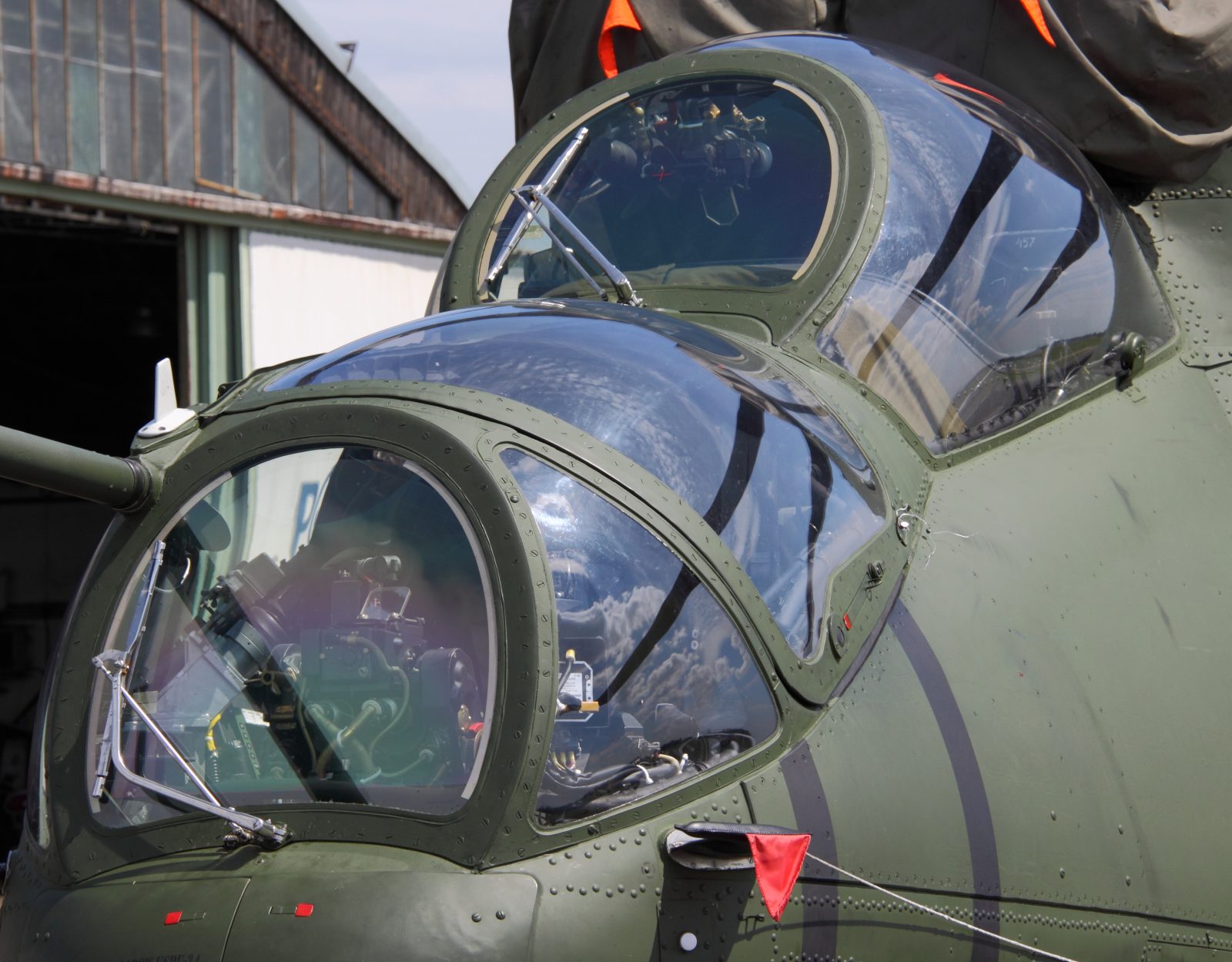
The cockpit of the Mil Mi-24 is an extremely armored one that allows both the pilot and the weapons officer of the helicopter complete safety as well as providing them the capability to operate a wide range of the external and internal weaponry. Since 1976, the first time the aircraft was entered in the active service; it has done its service in nearly every major conflict for the Soviet Union. The most action of notoriety that this helicopter saw was in Soviet Union’s invasion of Afghanistan. There the Mil Mi-24 was used for providing the ground troops with close air support as well as help in the attacking missions and the med-evac roles.
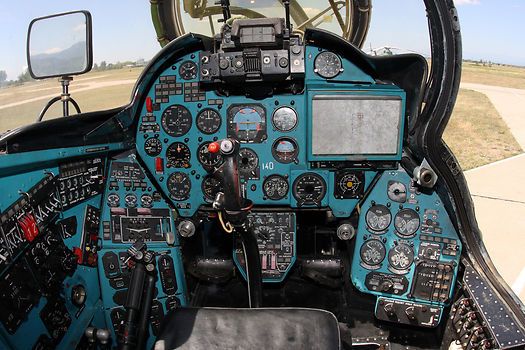
The main weakness in the defense of the Mil Mi-24 is the aircraft’s rotors and exhaust ports for the engine. Both these parts of the Mil Mi-24 are able to withstand against the small weapons fires, still, are unable to defend against the manually operated surface-to-air missiles.

In fact, the most loses for the Mil Mi-24 occurred due to these types of attacks. The reason that despite this major flaw in its defense, the Russian Air Force is still sending in more and more of these Mil Mi-24s all because of their mission effectiveness and their resilience.
Based on the design of UH-1 “Huey”
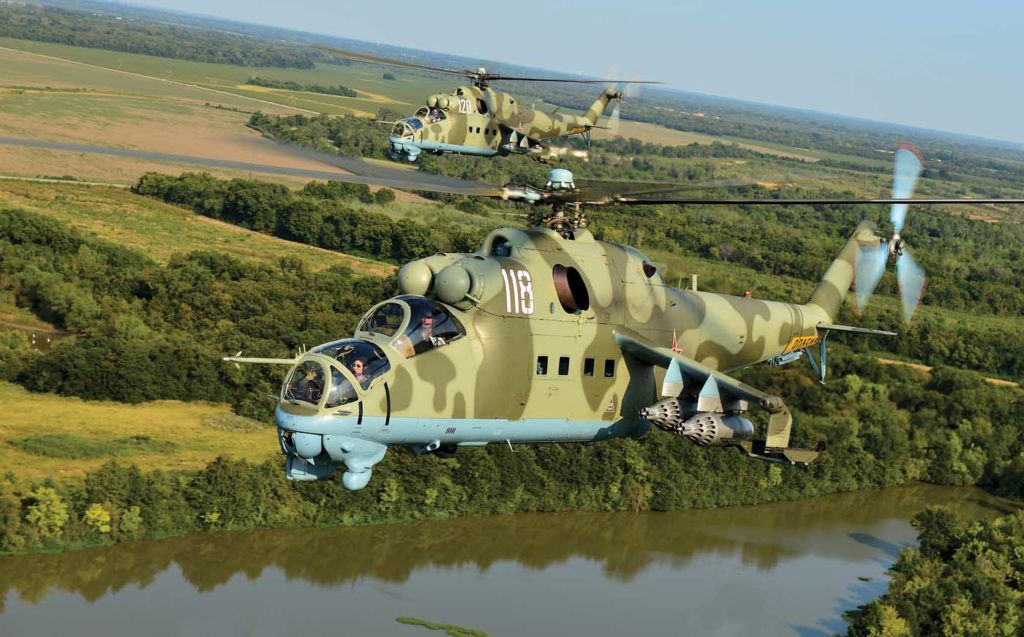
While the Mil Mi-24 is the exclusive product of the Soviet Union, it is still based on the design of the American made UH-1 Huey attack helicopter which sits the attack helicopter that served US Air Force extensively. The ability of the UH-1 to lay the suppressing fire on the ground enemy troops all the while deploying the infantrymen from its side hatch were the main design features that were employed in making of the Mil Mi-24.
In addition to incorporating the best features of the UH-1 Huey, Russians also added in the advanced features of the Apache Attack helicopter like the internal machine gun for forward-facing attacks.
Firepower
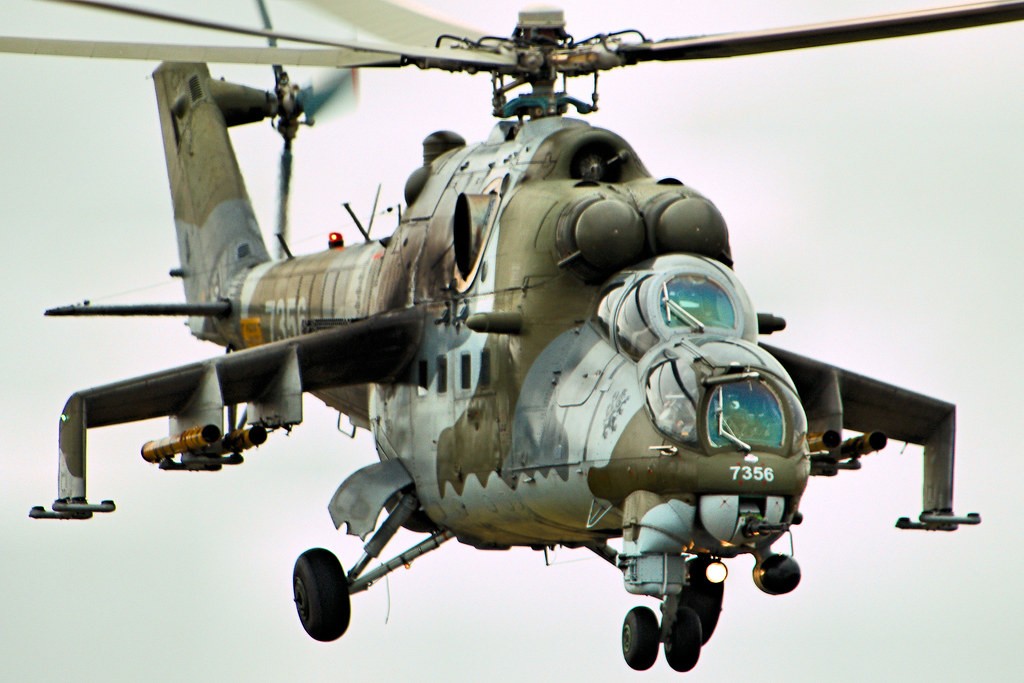
As we said earlier, like the Apache attack helicopter, the Mil Mi-24 also has a forward-facing internal machine gun which is the 12.7mm Yakushev-Borzov Yak-B Gatling gun. To equip the Mi-24 with a forward-facing machine gun is optional and when it is installed in the helicopter, it is able to move around with the azimuth of 60 degrees on each side along with having an elevation of 20 degrees and depression of 60 degrees.

All these changes in its movements allow the Mi-24 to cover most of the area that is directly beneath it as well as the ability to maneuver the machine gun to fire with a wider cone.
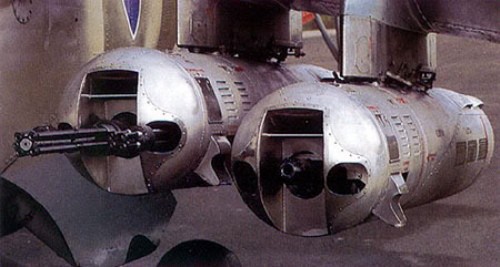
The Yak-B with an estimated fire range of 4000 to 5000 rounds per minute is able to compete with the likes of American made GAU-19. As the Yak-B is a machine gun that is gas-operated, it is most effective in taking care of ground forces that are not behind the fortifications or are dug in.
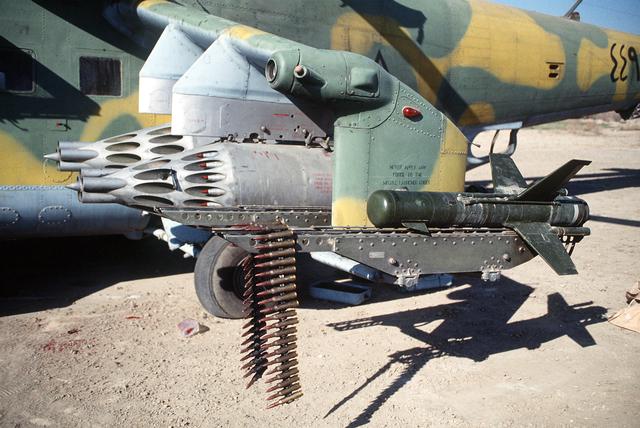
The Yak-B was incorporated in the earlier versions of the Mi-24 while the later was replaced with the Gryazev-Shipunov GSh-23; a swivel-mounted, twin-barrel 23mm autocannon. This machine gun proved much more effective in taking care of the light armors as well as against ground threats.
Anti-Tank Capabilities
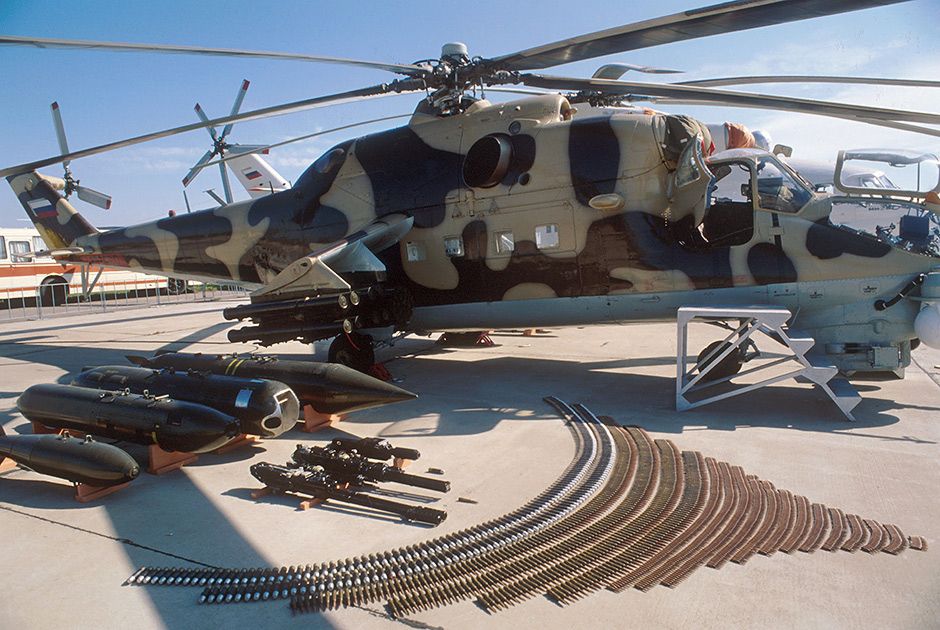
The Mil Mi-24 has the side emplacements that allow the attack helicopter to be equipped with either of the following.
- Fleyta
- 9K114 Shturm
Both Fleyta and the Shturm are the sot effective radio-guided anti-tank missiles that are normally attached to the external hardpoints of the Mil Mi-24. These anti-tank missile placements allow the aircraft to deal with the troops with its machine guns while taking care of the enemy tanks with the radio-guided missiles.
Upgrades
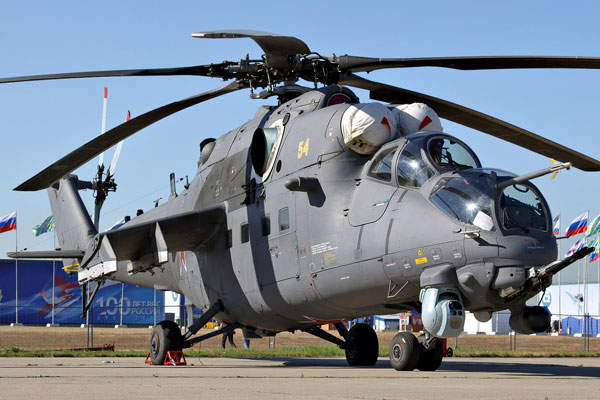
Back in 2014, the Russian Air Force decided to perform a complete major overhaul of its entire fleet of the Mil Mi-24s. as a result of this upgrade, the Mil Mi-24 has been changed to the Mil Mi-35 which looks quite similar to its predecessor but features the following advancements.
- State of the art Avionics Deck
- Upgraded Turboshaft
- Ability to have new armaments internally
Related Content
Top 10 Military Combat UAVs (Unmanned combat aerial vehicles)
Interesting Facts about the Bell AH-1 Cobra aka The HueyCobra


